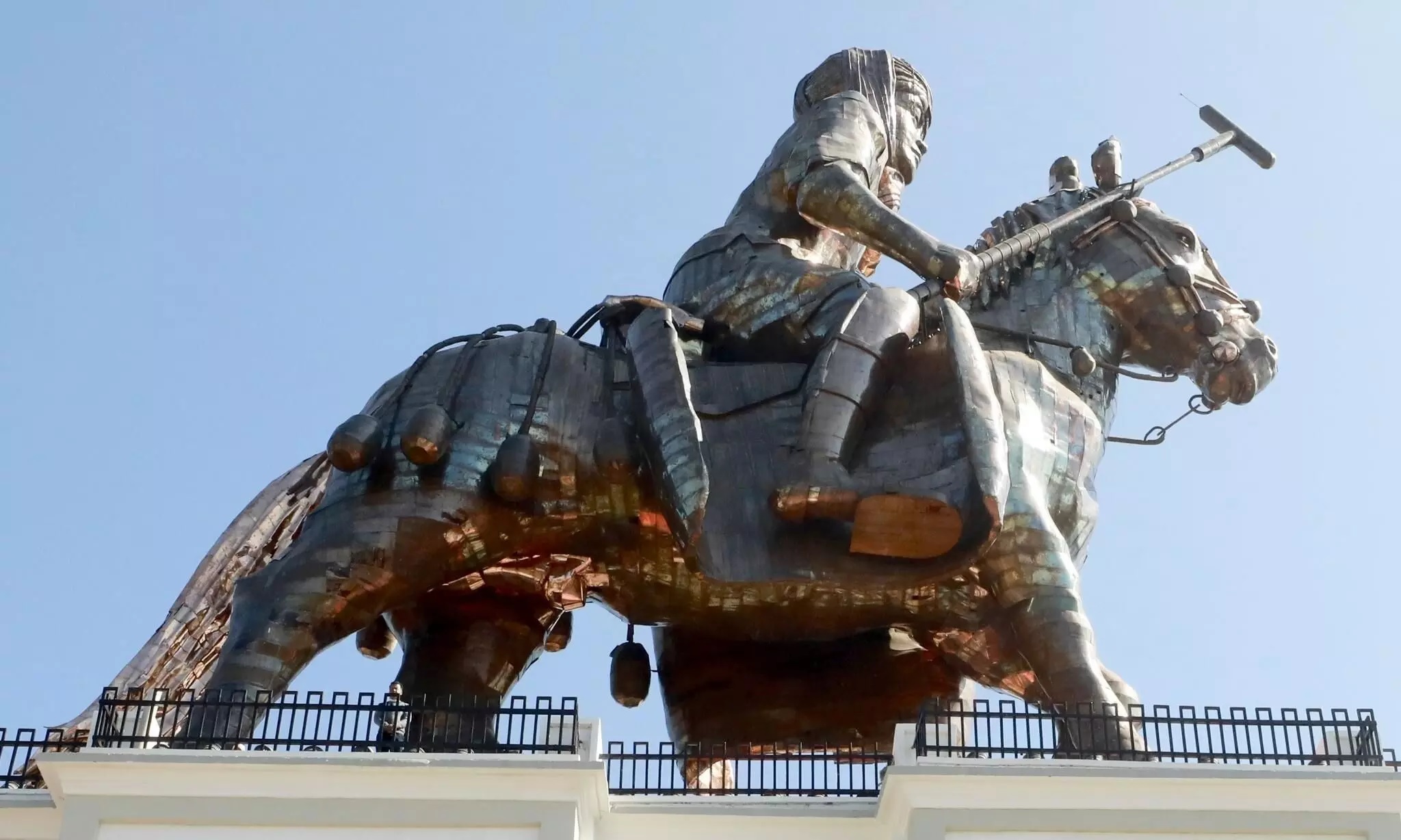Manipur: Jewel of India, Land of Festivals and Untamed Spirit
Manipur, which is tucked away in Northeast India’s lush embrace, is a tapestry of colorful festivals, a rich cultural history, and stunning natural beauty. Known as the “Jewel of India,” this landlocked tiny state pulsates with a distinct rhythm, surrounded by Myanmar to the east, where martial arts thrive, ancient customs persist, and nature is supreme.

A Glimpse into the Past: From Ancient Kingdoms to Modern Democracy
The history of Manipur dates back thousands of years. According to archeological findings, early human communities in the area were thriving as early as 2000 BC. Established in the first century AD, the mighty Meitei empire dominated for centuries, leaving a rich legacy of magnificent temples, enthralling folklore, and a unique language. The State’s people demonstrated their tenacity by tenaciously guarding their country in the face of external assaults from neighboring kingdoms.

A turning point occurred with the arrival of the British in the 19th century. As a result of the Anglo-Manipur Wars, the state was placed under British protectorate. The Manipuri people, however, resisted British attempts at dominance and never gave up on their traditional identity. Following the independence of India in 1947, Manipur became a part of the Dominion of India. Since then, the state has worked to advance, conquer obstacles, and promote a thriving democracy. As a proud state in the Indian Union today, Manipur embraces development while holding fast to its rich history.
A Tapestry of Cultures: A Fusion of Traditions
Manipur is known for its multifaceted cultural environment, in which the Meitei people constitute the majority ethnic group. Traditional dance traditions like Lai Haroba, a colorful celebration of nature and harvest, are thriving examples of their rich past. An additional layer to the cultural fabric is added by the Manipuri language and its distinctive alphabet.

But the State’s diversity is what makes it so charming. The hilltop Naga tribes brought with them their unique customs, such as the now-abolished headhunting rites and colorful celebrations such as the Sekrenyi, which honors a bountiful crop. The Pangal community’s rich folk music and folklore weave another thread into the cultural tapestry. This beautiful blending of customs results in a mosaic of cultures.
A Festival Extravaganza: Celebrating Life Throughout the Year
In Manipur, celebrations are ingrained in the hearts and minds of its people. A seven-day festival known as the annual Lai Haraoba provides an opportunity to witness intricate dance performances, vibrant costumes, and ceremonies honoring natural deities, providing an insight into Meitei culture. Yaoshang festival is a riot of colors, music, and joyful revelry that falls around Holi celebrations in India.

The State’s bustling Sangai Festival draws tourists from all over the world, showcasing the state’s rich culture. Traditional dances, martial arts displays, and exhibitions highlighting the state’s fine handicrafts are all part of this ten-day event.
A Culinary Adventure: A Fusion of Flavors
Manipur’s food is a delectable representation of its wide range of influences. The main food is rice, which is frequently served with stews and curries made with seasonal vegetables, seafood, and other foods that can be found locally. A favorite food among the locals is “singju,” a fermented fish dish with a unique scent. The State’s cuisine places a strong emphasis on meat, especially hog, which reflects the hunting customs of the area.

Try the fiery noodle dish “San mee” or the salad “Kanghou,” which is prepared with fermented soybean cake, for a sense of tradition. Manipur is also home to a distinctive black rice variety that has a nutty taste and is frequently served with veggies or stews.
A Haven for Nature Lovers: Unveiling Untamed Beauty
For lovers of the natural world, Manipur’s beautiful landscapes provide a sanctuary. The largest freshwater lake in Northeast India, Loktak Lake, is a breathtaking sight. The phumdis, or floating islands, that dot the lake offer a distinctive environment and an enthralling spectacle. Hiking paths wind through lush hillsides and lead to breathtaking waterfalls, such as those found on the Khongjom and Shirui Lily treks, which provide an opportunity to see the uncommon Shirui Lily, a flower that grows exclusively in this area.

For those who love animals, Keibul Lamjao National Park is a must-see. It is home to the critically endangered Sangai deer, also known as the brow-antlered deer. The park offers chances to see a variety of bird species and take in Manipur’s abundant biodiversity.
A Cradle of Martial Arts: The Land of ‘Sirim’
Manipur is well-known for its distinctive “Sirim,” or martial art traditions. These age-old fighting techniques, which include acrobatics and dance, were primarily employed in battle and self-defense. These days, there are many different styles within Sirim, each with unique methods and ideologies. Manipuri Thang-Ta, which emphasizes quickness and weapon-based combat, and Sarjit Leirawd, which is renowned for its strong kicks and grappling skills, are two popular varieties. A Sirim presentation is a captivating show of power, adaptability, and cultural legacy.

Looking Ahead: Balancing Tradition and Progress
The State has difficulties despite its stunning natural beauty and rich cultural legacy. Infrastructure development is still a top priority, especially in rural areas. The state also aims to increase the number of jobs available to its youthful population. It is a continuous effort to strike a balance between the preservation of the distinctive Manipuri culture and customs and economic prosperity.
